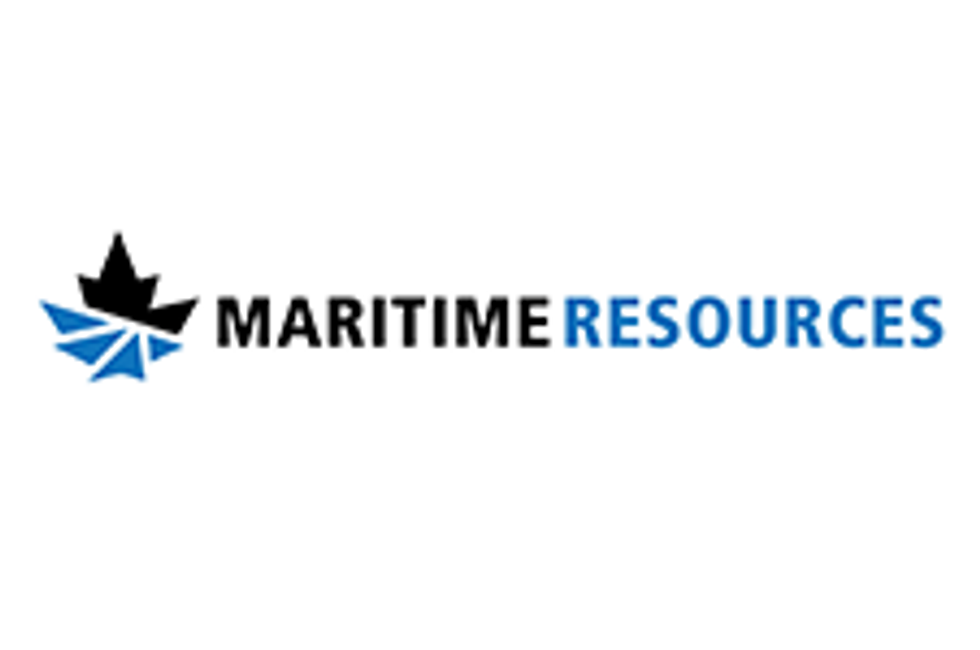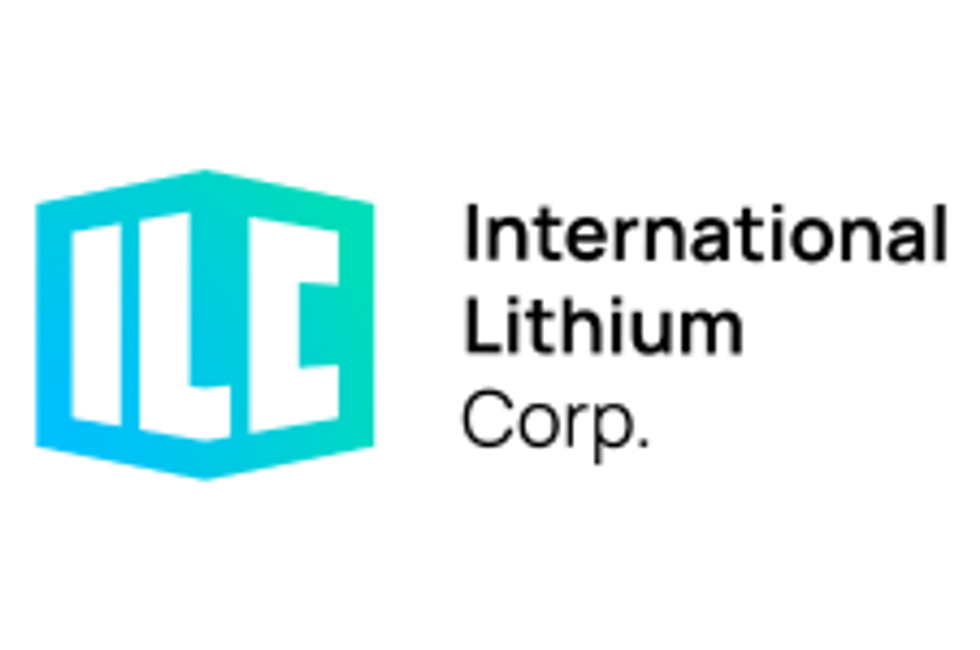- NORTH AMERICA EDITIONAustraliaNorth AmericaWorld
Investing News NetworkYour trusted source for investing success
junior miners life cycle tsx next ipo acquisitions newstrike terrace
Latest News
Outlook Reports
Browse Companies
MARKETS
COMMODITIES
CURRENCIES





